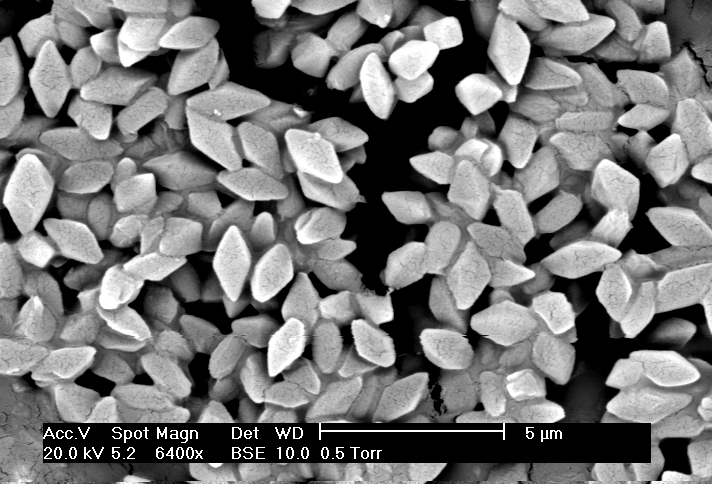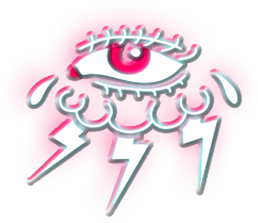
In the microscopic world of bacteria, Bacillus thuringiensis (Bt), a gram-positive, soil-dwelling microbe is the go-to secret agent for farmers and gardeners worldwide, thanks to its uncanny ability to produce crystal-clear killers.
From Silkworms to Superbugs
Our story begins in 1902 when Japanese sericultural engineer Ishiwatari Shigetane stumbled upon a mysterious ailment causing silkworms to dramatically “collapse” (or “sotto” in Japanese). Little did he know, he’d just discovered nature’s most prolific insect assassin. Fast forward to 1911, and German microbiologist Ernst Berliner found the same bug wreaking havoc on flour moth caterpillars in Thuringia, giving us the tongue-twisting name we know and love today.
The Crystal Killer
During sporulation, Bt unleashes its secret weapon: delta endotoxins. These crystal proteins are the bacterial equivalent of a Swiss Army knife, each designed to target specific insect pests. When ingested, these toxins bind to the gut cells of unfortunate bugs, causing them to rupture faster than you can say “pest control.”
A Picky Assassin
But here’s the kicker – Bt is incredibly picky about its victims. Humans, animals, and non-target insects can munch on Bt all day without a care in the world. It’s like having a hitman who only takes out the bad guys! As a toxic mechanism, cry proteins bind to specific receptors on the membranes of mid-gut (epithelial) cells of the targeted pests, resulting in their rupture. Upon sporulation, B. thuringiensis forms crystals of two types of proteinaceous insecticidal delta endotoxins (δ-endotoxins) called crystal proteins or Cry proteins, which are encoded by cry genes, and Cyt proteins.
From Soil to GMO
Bt’s talents haven’t gone unnoticed by the scientific community. Today, you’ll find this microscopic marvel in everything from organic pesticides to genetically modified crops. Bt corn, anyone? Belgian company Plant Genetic Systems (now part of Bayer CropScience) was the first company (in 1985) to develop genetically modified crops (tobacco) with insect tolerance by expressing cry genes from B. thuringiensis; the resulting crops contain delta endotoxin. The Bt tobacco was never commercialized.
The Mosquito’s Worst Nightmare
For those pesky mosquitoes and fungus gnats, there’s a special subspecies called israelensis. It’s like sending in the SWAT team for those particularly annoying flying pests.
A Family of Killers
Bt keeps interesting company, being closely related to B. cereus (a common soil bacterium) and B. anthracis (the cause of anthrax). It’s like the classic tale of three siblings – one’s a farmer, one’s a homebody, and one’s… well, let’s not talk about that black sheep at the family reunion.
From silkworm slayer to GMO superstar, Bt has found itself at the center of numerous scientific squabbles. While many concerns have been addressed, the debate continues, proving that even microscopic bacteria can cause macro-sized controversies.
Bt Controversies: When Good Bacteria Goes Bad (in the Public Eye)
The Monarch Butterfly Debacle
In 1999, a study suggested that pollen from Bt corn could kill monarch butterfly larvae, sparking public outrage and anti-Bt demonstrations. However, by 2001, follow-up studies coordinated by the USDA concluded that common types of Bt maize pollen weren’t toxic to monarch larvae in real-world field concentrations. It’s a classic case of “don’t judge a bacteria by its lab results.”
The Great Mexican Maize Mystery
In 2001, Nature published a study claiming Bt corn genes were found in traditional maize varieties in Oaxaca, Mexico. This sparked fears of genetic contamination in corn’s center of origin. However, the study was later challenged, and subsequent research in 2005 failed to find evidence of genetic mixing. It’s like a genetic game of hide-and-seek, with Bt playing hard to find.
Colony Collapse Disorder: Bt in the Hot Seat
When colony collapse disorder (CCD) began affecting North American bee hives in 2007, Bt crops were among the suspected culprits. However, the USDA found no correlation between GM crop locations and CCD incidents. Bt crops had been widely planted since the late 1990s, but CCD didn’t appear until 2006. It seems Bt got a bad rap in this whodunit.
The Beta-Exotoxin Buzz
Some Bt strains produce beta-exotoxins, which are toxic to humans and most life forms. The OECD prohibits their presence in Bt microbial products. It’s like discovering your mild-mannered neighbor has a secret stash of supervillain weapons. Some isolates of B. thuringiensis produce a class of insecticidal small molecules called beta-exotoxin, the common name for which is thuringiensin. A consensus document produced by the OECD says: “Beta-exotoxins are known to be toxic to humans and almost all other forms of life and its presence is prohibited in B. thuringiensis microbial products”. Thuringiensins are nucleoside analogues. They inhibit RNA polymerase activity, a process common to all forms of life.
Stacked Traits and Safety Concerns
Most GM corn varieties on the market now contain multiple “stacked” Bt traits. Critics argue that the safety of these stacked traits isn’t adequately assessed. It’s like adding extra toppings to your pizza without checking if the combination might give you indigestion.
The Non-Target Impact
Studies have shown that Bt toxins can affect non-target insects like spiders, wasps, ladybugs, and lacewings. It’s a reminder that in nature, there’s no such thing as a free lunch – even for the good guys.


Leave a Reply